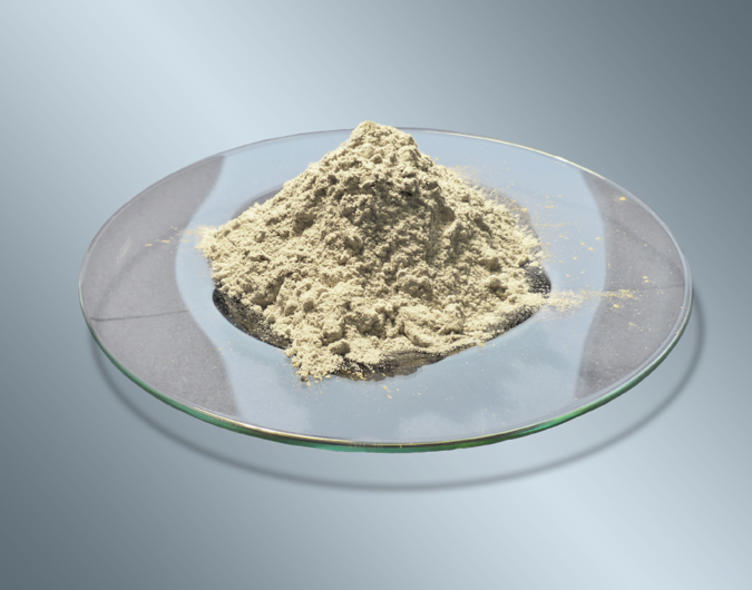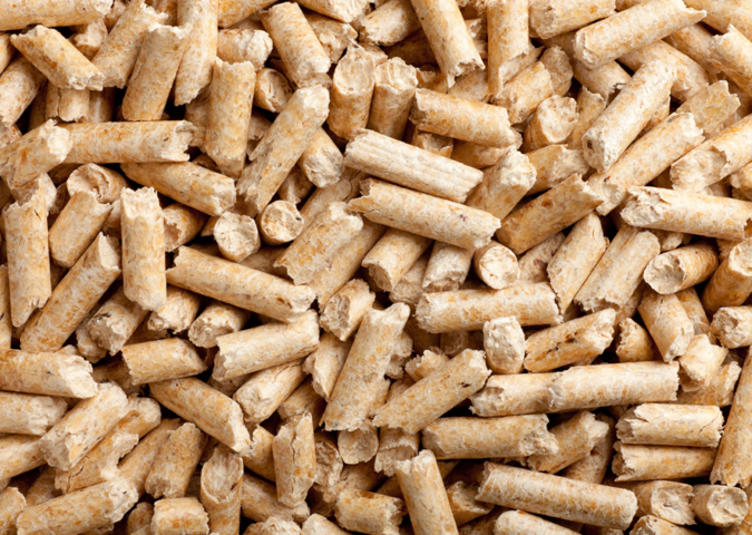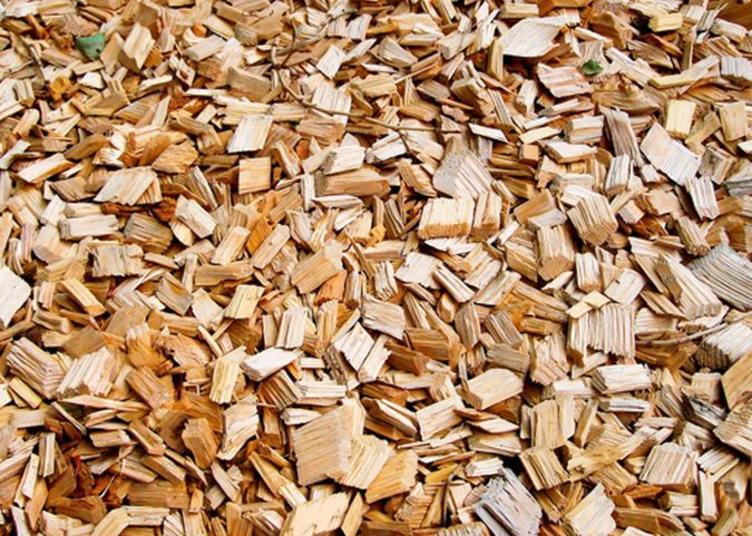Biogenic fuels
In addition to traditional fuels such as natural gas, heating oil, and coal/lignite, the significance of biogas has increased immensely over the past few years. State subsidies granted under the Renewable Energy Sources Act (EEG) have contributed to this development. GETEC also operates biogas facilities to generate a CO2-neutral natural gas equivalent fuel. A natural-gas-equivalent, combustible gas, also known as 'green gas', is produced in bioplants through the fermentation of organic matter. Organic waste and renewable materials are composted in these systems, and the carbohydrates, proteins and fats are converted to methane and carbon dioxide by micro-organisms. Biogas can then be used for the regenerative production of electrical power or can be fed into the gas supply grid.
The benefits of biogas:
- Sustainability: Residual materials and waste is converted into valuable energy. Biogenic remains are disposed of unused. In addition biogas is environmentally friendly.
- Future-proof: Organic waste is available everywhere and will continue to be available in the future. This technology could provide a new income stream for farmers.
- Adaptable: CHP plant can be adapted for the use of biogas. In this way, these systems can be operated both efficiently and in a completely environmentally-friendly manner.
Biogenic dust from vegetable fibres is a CO2-neutral fuel, which can be used for energy production, which is taking on an increasingly central role in the wake of the energy transition. Biogenic dust was developed in the course of a collaboration between GETEC and an international food producer, and adapted to the characteristics of GETEC's own dust-firing technology. This dust is an absolutely environmentally-friendly and renewable fuel made of native raw materials. Energy is released through the combustion of fibrous vegetable materials. Our biodust can be used in dust-fired plant as an environmentally-friendly fuel for the generation of steam and hot water. The major benefit of biodust is its sustainability. In combination with native lignite dust, biogenic dust can be used to improve the CO2 balance of an existing, conventional dust-fired power plant. Due to the availability of the natural raw material, the long-term costs can be calculated.
Wood pellets are a native, future-proof and climate-neutral fuel, which is finding increasing use within the industrial sector. Biomass power plants can be operated efficiently using wood pellets, and generate electrical power, heat and steam. At the start of the process, timber waste is chipped, dried and pressed into pellets. The subsequent utilisation of this fuel type is CO2 neutral, enabling a significant contribution to the reduction of the greenhouse effect. In addition, industrial enterprises benefit from the security of supply, lower transportation risks and an attractive cost balance. Because wood pellets are independent of oil and gas prices, the cost of pellets will remain comparatively low in future by contrast with other alternative biogenic fuels.
In combination with a biomass boiler, wood chips can be used extremely efficiently. Environmentally-friendly power and heat is generated through the use of combined heat and power technology. This energy can be used by the company directly on-site. This renewable fuel is made of chipped, non-homogeneous wood and is primarily used as a raw material in the timber processing industry. As with wood pellets, companies can benefit through the use of wood chips in terms of environmental-friendliness, sustainability, and stable procurement costs. However, the storage area required is relatively large, as the wood chips are rough cut and, therefore, have a relatively higher bulk density, for any given energy yield, than, for example, pressed pellets.
It is possible to "design" homogeneous fuels with the aid of the "coalification process", using heterogeneous bio-wastes such as leaf litter, garden waste, lawn cuttings or domestic organic waste. The process of hydrothermal carbonisation (roughly defined as: "watery carbonisation at raised temperature") is a chemical process used for the simple production of carbon-type fuels, synthetic gas, liquid crude oil pre-stages and humus made of biomass. This involves an exothermic process and the resulting energy release. This process, which, in just a few hours, technically mimics the natural creation (coalification) of lignite over many thousands of years is the result of research by Friedrich Bergius. There are currently several research reactors in various locations, where different combinations of raw materials and their impact on the fuel composition and/or fuel characteristics are being investigated. The high carbon efficiency (percentage of usable carbon in relation to the percentage of fixed carbon in the raw material), the short reaction period (conversion time), and the variability of the reaction control all contribute to further developments of the process.
We embody partnership –
find your contact.
With more than 70 locations throughout Europe, we are always at your doorstep.
Contact us. We are here for you.



